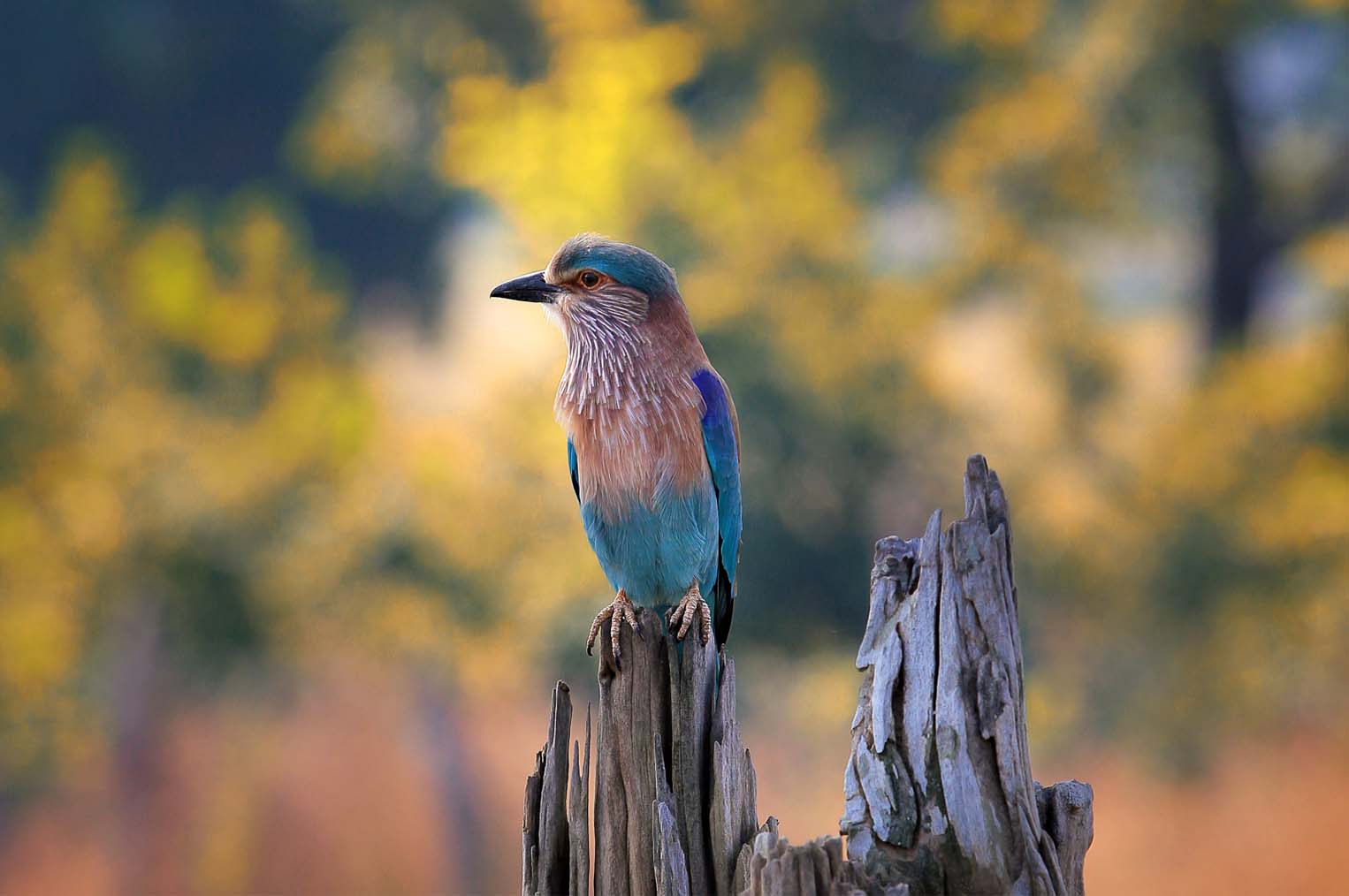Frequently Asked Questions
What currency is used in India and where I can exchange money?
The Indian currency is the rupee, which is made of 100 paise. Major currencies such as US dollars, British pounds and Euros are easy to exchange throughout India. Most international airports throughout the country will have money exchange counters and also all cities have money exchange agents. Our Lodges can change small amount of major currencies and large amounts on a days notice. ATMs are also readily available throughout the country, but near the parks they may run out of cash frequently.
Can I use my credit card in India?
The most commonly used cards are Visa and Master card, but neither American Express nor Diner's Club are widely accepted in India. Outside the main cities, it is recommended that you carry enough Indian currency for purchases and tips. We suggest to settle lodge reservation payments in advance before arrival with the central reservation office.
Where can I find an ATM in India?
ATMs linked to international networks are situated in most big cities, as well as an increasing number of smaller towns. Make sure that you have a four-digit PIN code for your card, as Indian ATMs require this. ATMs near the national parks are not dependable so best is to use ATMs near Airport and train stations.
Tips for tips
We request guests to refrain from tipping any individual staff at the lodge. Incase you wish to show your appreciation in form of tipping, tip boxes have been placed in the offices. The tip collected is shared between the operations staff, junior staff and many behind the scene members.
Note - Naturalists, Nature Guides and drivers are not part of the common tipping and may be tipped directly.
Our lodges do not charge a service fee.
Do I need a VISA to travel to India?
Yes, you will need a visa. This must be obtained before arrival and we recommend that you contact your local Indian embassy or consulate when planning your trip. Few countries have Visa on arrival.
Is it safe to travel in Central India?
Central India is generally very safe for travelers and we will be there to take care of you at every step. Certain basic precautions apply. It is a good idea to lock away your spare currency, travelers’ cheques, passports and jewellery. Try not to walk around alone late at night, particularly in deserted areas or small towns, where everything closes early. If possible, avoid travelling on the roads after dark. As anywhere else, never leave your luggage unattended at an airport or train station. Always book transfer vehicles in advance from a reputed tour operator or the lodge.
What is the electricity supply in India and what plugs are used?
The electricity supply is 230 – 240 volt, with three round pin plugs. Most western visitors will require an adaptor. Adaptors are available on request at all our lodges. Many of our lodges have international sockets in the rooms. There are ample sockets available for charging cameras etc.
Will I be able to access the internet?
All our lodges have basic internet connection. Internet may not be reliable at all times as breakdowns take time to fix as we are remotely located.
Is the tap water safe to drink in India?
It's best to avoid drinking the tap water. All our lodges provide safe drinking water in flasks in the rooms and during meal services. Bottled water is easily available at additional cost though we discourage the use as per our conservation policy.
Is it ok to take photos everywhere in India?
It's recommended to always ask permission when taking photos of anyone, especially women. Always ask before taking photos at a religious site or ceremony, or of people bathing on the ghats or river banks. It is forbidden to photograph military installations, which can include some train stations, bridges and airports.
What kind of food will I be served at the lodges?
We offer a delectable spread of both local & global cuisines. Breakfast is usually served on safari while lunch has a fixed menu which consists mostly of local authentic flavours. Dinner is a choice between Indian & Continental cuisine. Pure vegetarian & other food-related requests are taken into consideration if the lodge is informed well in advance. The produce is either home grown in our own organic farms or is sourced from the local suppliers to boost the economy of neighbouring area which houses our lodges.
When is the best time to visit the national parks?
The core zone is open from 1st October to 30th June. October to March offers the best season with sunny but pleasant afternoons & cooler evenings & early mornings. April to June gets extremely hot but is excellent for sightings since wildlife can be easily found around the water holes.
What clothing should I pack when travelling to Central Indian parks?
In the hot Indian summers from April - June we recommend light cotton tops, shorts and trousers, hats, sun glasses etc. In the cold winter months temperatures may drop dramatically, so some warm clothing is essential. Due to the wind factor in open jeeps morning and evenings are very chilly, even sometimes upto March end. Suggest to carry gloves, warm jacket or fleeze and hats. Mid December to early Feb are the coldest months and warmers are also recommended for the drives.
Practical colors to wear to the park are khaki, beige and white in all seasons. Please avoid bright and flashy clothing to the parks.

